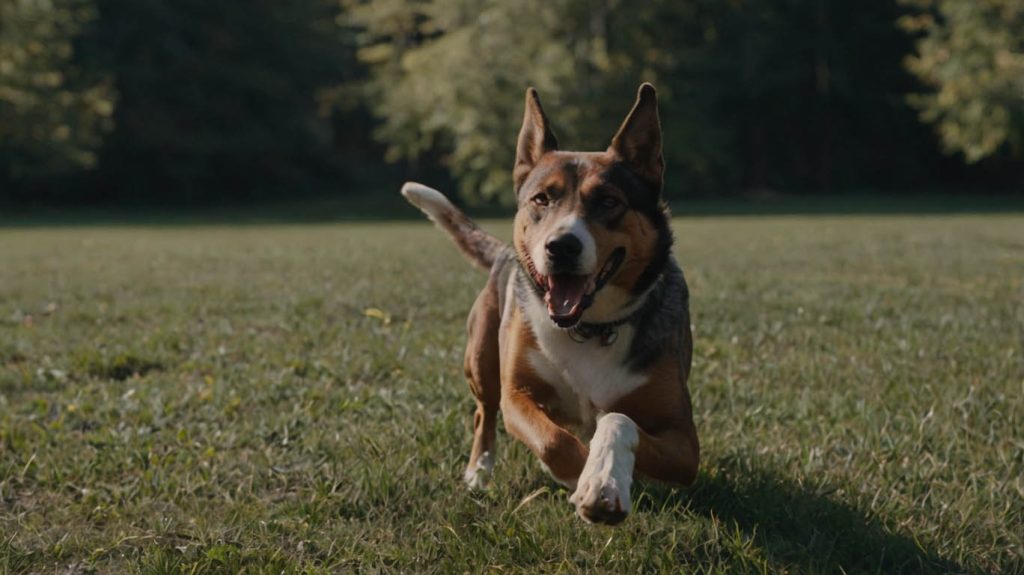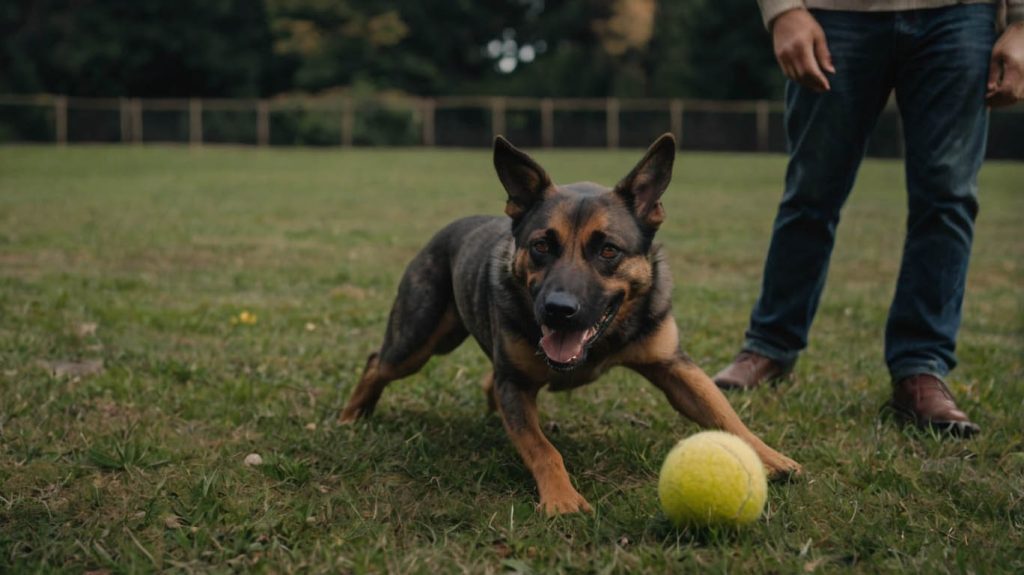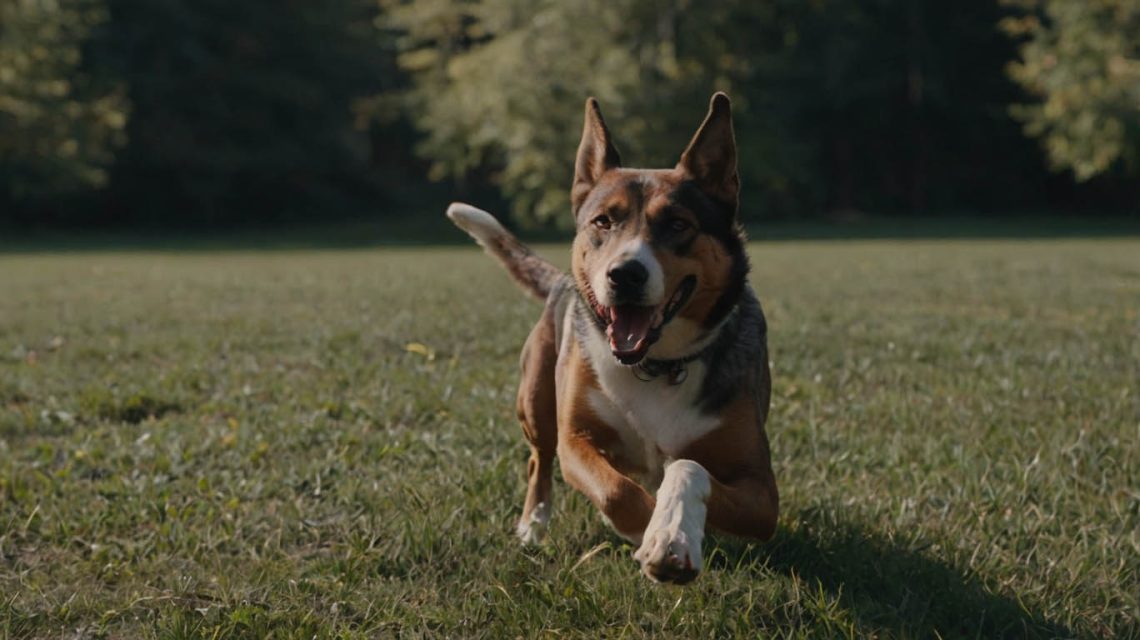Playing fetch is more than just tossing a ball—it’s a powerful way to build a bond, teach commands, and give your dog essential physical and mental exercise. However, if your pup runs off with the ball or just stares at it, you’re not alone. Learning how to play fetch with a dog takes a little technique and a lot of patience, but the rewards are well worth it.
Let’s explore exactly how to turn a frustrating experience into one of the best games you and your dog will ever enjoy together.
Why Playing Fetch with a Dog Is So Important
Fetch isn’t just a fun pastime—it taps into a dog’s natural instincts to chase and retrieve. In fact, some breeds like Labradors or Border Collies are wired to excel at it. Still, even dogs with no retrieving background can learn fetch with the right guidance.
Playing fetch regularly:
- Improves obedience and listening skills
- Provides essential exercise
- Strengthens your bond with your dog
- Helps manage behavioral issues caused by excess energy
Therefore, learning how to play fetch with a dog can transform your dog’s behavior and your relationship.

Before You Play: Get the Right Toy
The success of fetch often starts with the toy. Choosing the wrong one can make learning how to play fetch with a dog much harder.
Here’s what to consider:
- Size: The toy should be easy for your dog to hold but not a choking hazard.
- Material: Use soft rubber, rope, or plush for sensitive mouths.
- Interest: Find what excites your dog—some prefer squeaky toys, others love balls.
Avoid sticks. While they’re everywhere, they can splinter and injure your dog.
How to Play Fetch with a Dog Who Doesn’t Know How
Not every dog knows what fetch is. That’s completely normal. The good news is that with a little effort, any dog can learn.
Follow these steps:
- Start Indoors – Fewer distractions and a confined space help.
- Use a High-Value Toy – Something your dog loves will keep them engaged.
- Toss Short Distances – Only a few feet to begin with.
- Encourage Return – Use treats, praise, or another toy to entice your dog back.
- Teach “Drop It” – This is key. Without this step, the game can’t continue.
Gradually increase the distance and reward every success. Over time, you’ll see a natural progression.
How to Play Fetch with a Dog That Runs Away
If your dog grabs the toy and bolts, fetch becomes more like “keep away.” To solve this:
- Use a Long Leash: Maintain control during play.
- Practice Recall First: Commands like “come” should be solid.
- Reward Returning: Make coming back more rewarding than running off.
Eventually, your dog will learn that dropping the ball equals more fun.
Building the “Bring It Back” Behavior Step by Step
Training your dog how to play fetch includes getting them to return. Here’s how:
- Use Two Toys – When your dog grabs one, show the second to encourage return.
- Call Their Name + “Come” – Reinforce recall every time.
- Praise Like Crazy – Celebrate every return with enthusiasm.
- Don’t Chase Them – This makes running off more fun.
Consistency builds confidence and habits. Soon enough, your dog will love to bring it back just to see you smile.

How to Use Clicker Training in Fetch
Clicker training is powerful when teaching how to play fetch with a dog. It gives clear feedback at the exact moment your dog performs the right action.
Here’s how to use it:
- Click when they pick up the toy.
- Click again when they bring it closer.
- Click and treat immediately when they drop it.
This method speeds up the learning curve and builds positive reinforcement.
Common Mistakes People Make in Fetch
To help your dog succeed, avoid these mistakes:
- Throwing too far, too soon – This overwhelms your dog.
- Punishing mistakes – Kills motivation.
- Using boring toys – Doesn’t keep your dog engaged.
- Skipping the drop command – Without it, fetch stalls.
Learning how to play fetch with a dog means building it step-by-step—not rushing or skipping vital cues.
How Long Should a Fetch Session Be?
Most dogs benefit from 15–30 minutes of fetch per session, depending on age and breed. Puppies or small breeds may tire faster, while working breeds may need more time.
Watch for signs like excessive panting or disinterest. Always offer water breaks and play in shaded areas when possible.
Real-Life Story: How Daisy Learned Fetch
Daisy, a 2-year-old rescue, had never played fetch. Her owners were eager to teach her but felt discouraged when she’d just stare at the ball.
They started indoors with a squeaky toy and rewarded her just for touching it. Gradually, Daisy began picking it up, then taking a few steps with it. After a week, she brought it back for the first time—and the room erupted in cheers.
Now, fetch is Daisy’s favorite game. And her owners? They learned that persistence, praise, and patience unlock any dog’s potential.
How to Play Fetch with a Dog in Different Environments
Playing fetch in new places keeps it exciting. But each environment has its own challenges.
In the yard:
- Use fences or leashes.
- Avoid distractions like birds or squirrels.
At the park:
- Choose a quiet area at first.
- Bring high-reward treats.
At the beach:
- Use floating toys.
- Avoid saltwater overexposure.
Different settings test your dog’s reliability and make them more adaptable.
How to Make Fetch Fun Every Time
To keep your dog engaged:
- Switch toys weekly.
- Use treats randomly—not every time.
- Occasionally hide the toy for them to find.
- Add verbal praise and variety.
Dogs thrive on surprise and interaction. So, keep them guessing and fetch stays fresh.
How to Play Fetch with a Dog That’s Older or Less Active
Even senior dogs or those with low energy can enjoy modified fetch:
- Use soft toys and roll them gently.
- Play on carpet or grass to protect joints.
- Keep sessions under 10 minutes.
Mental stimulation still matters—so a little goes a long way.
Safety Tips When Playing Fetch
Safety first. Always check:
- Is the play area secure?
- Is the toy safe and intact?
- Is the dog tired, thirsty, or overheated?
If yes to any of these, take a break. Knowing how to play fetch with a dog includes knowing when to pause.
FAQs
How do I start fetch with a stubborn dog?
Start indoors with treats. Reward each small step—touching, picking up, returning.
Can any dog learn to play fetch?
Yes. All dogs can learn with positive reinforcement and consistency.
Why won’t my dog bring the ball back?
They may not understand the game yet. Try using two toys or better rewards.
What’s the best toy for teaching fetch?
Soft squeaky balls or tug-toys that your dog already loves are great.
Should I use treats every time?
In the beginning, yes. Over time, mix praise with occasional treats to maintain interest.
Is it okay to play fetch every day?
Absolutely, as long as you watch for fatigue and keep sessions age-appropriate.
Conclusion: Fetch Is the Ultimate Bonding Game
Learning how to play fetch with a dog turns chaos into connection. It teaches obedience, builds trust, and burns off energy in a positive way. Whether your pup is a bouncing ball of joy or a cautious learner, fetch can become a favorite activity for both of you.
With patience, rewards, and consistent play, any dog can become a fetch master. Ready to get started?


